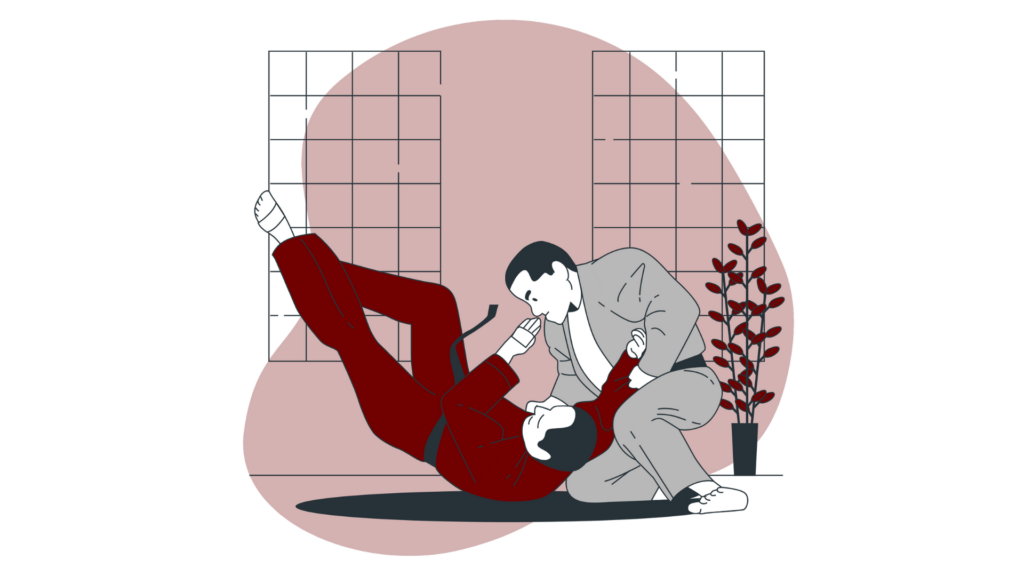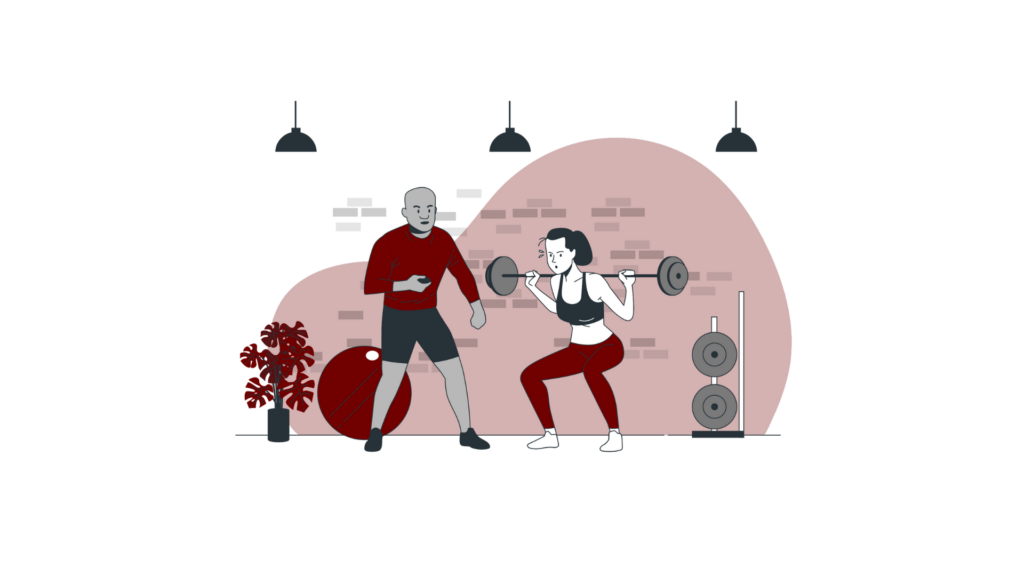Martial arts and defense sports have remained popular for many years. They are known and liked not only by fighters themselves, but also by the entire society. It doesn’t matter whether Bruce Lee’s films caused this fame or not.
The important thing is that if you want, there are many martial arts clubs around. Get to know the most popular martial arts styles and choose something for yourself.
And if you are the owner of a martial arts school, check how you can help yourself in managing it, using a martial arts software.
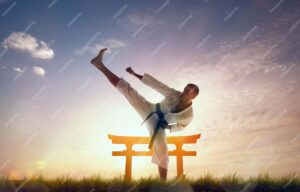
What is Martial Arts?
Martial arts are a kind of competitive sport. They concentrate on ways of fighting and defending yourself. Various martial arts styles come from different places worldwide. The most popular are, among others: karate, taekwondo and judo.
People who practice martial arts learn how to use hand strikes, punch and kicking techniques. They also practice block attacks, as well as how to grapple with opponents. There are knee strikes, elbow strikes but you can surely find a style which combines elements that suit you personally.
Training teaches important values like mental discipline and respect. Many martial arts focus on more than just fighting. They also implement philosophy and ways to stay calm and focused.
People often compete in martial arts tournaments to show off their skills. Practicing martial arts can help people of all ages stay healthy, feel good, and become better versions of themselves.
Interesting:
Martial arts have deep historical roots, with some styles dating back thousands of years. For instance, Shaolin Kung Fu, originating from the Shaolin Monastery in China, is believed to have been developed in the 5th century AD. (Source: Shaolin Temple)
Types of Martial Arts
We can call martial and defense arts by their names. But there is one nice method of gathering various martial arts styles according to their common elements. Look at the list. There are:
Grappling or Ground-Fighting Martial Arts
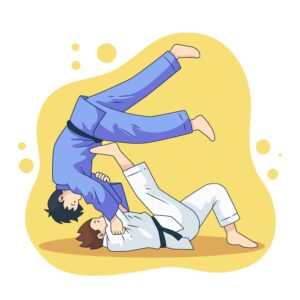
Striking or Stand-up Martial Arts Styles
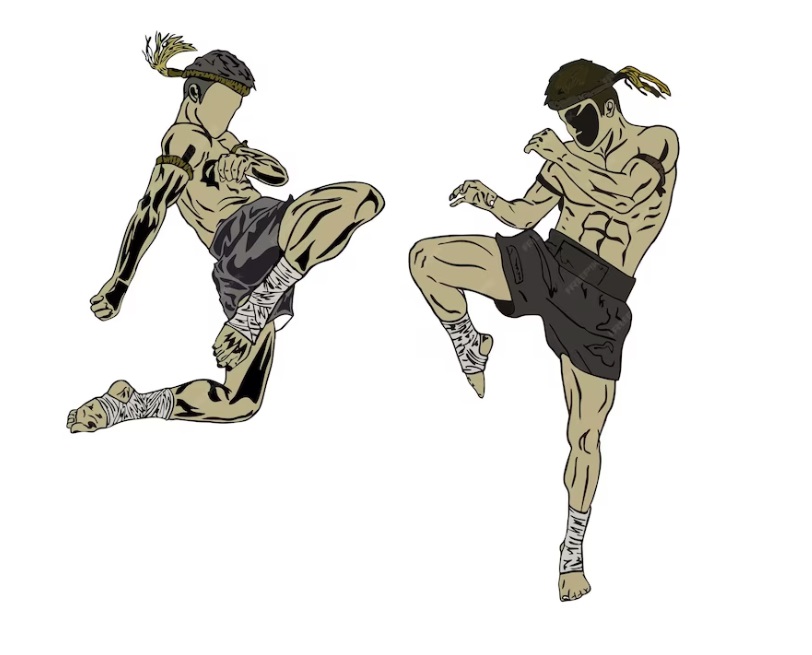
Low-impact or Meditative Styles
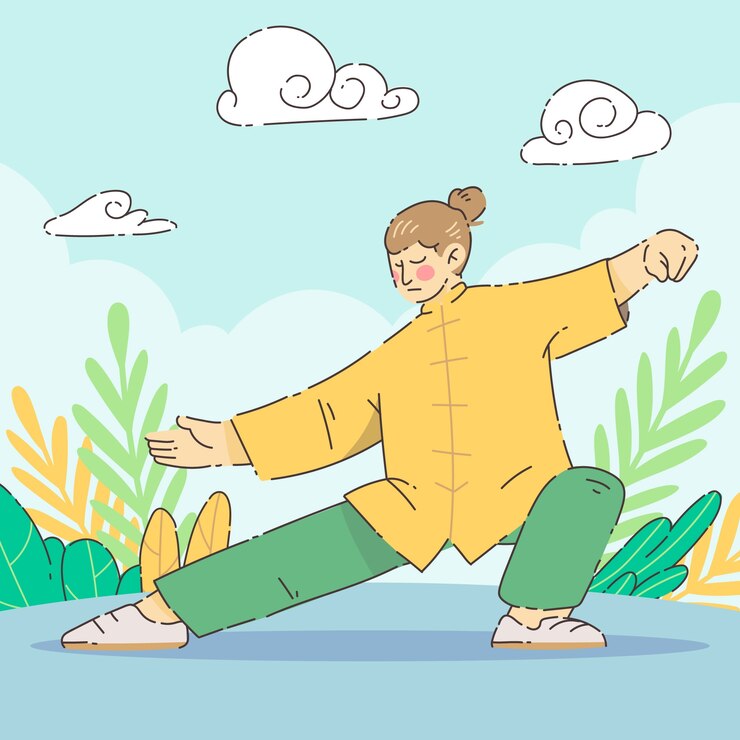
Weapon use Martial Arts Styles
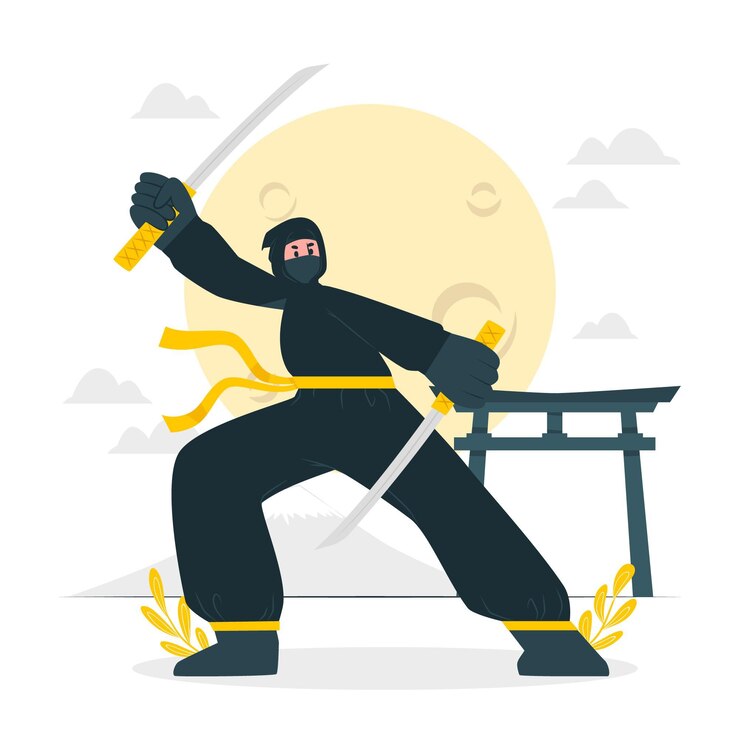
Hybrid Fighting Styles
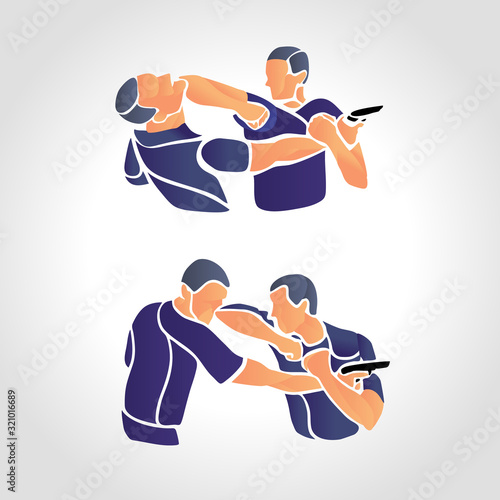
More Non-classified Styles
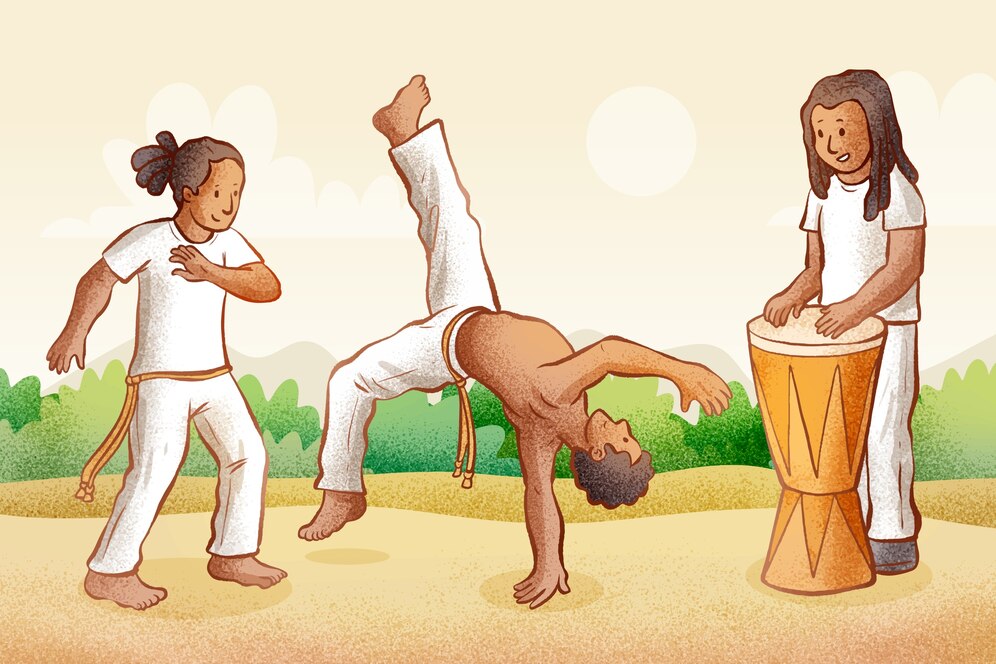
6 Groups of Martial Arts Styles
These examples cover a range of styles within each category. They show the diversity presented in the martial arts landscape.
- Grappling or Ground-Fighting Martial Arts: close-quarters combat and techniques on or near the ground. Examples: Brazilian Jiu-Jitsu (BJJ), Judo, Sambo
- Striking or Stand-up Martial Arts Styles: teach practitioners how to defend themselves while on their feet by using blocks, kicks and punches. Examples: Karate (Various styles like Shotokan, Goju-Ryu, etc.), Taekwondo, Muay Thai, Boxing, Kickboxing.
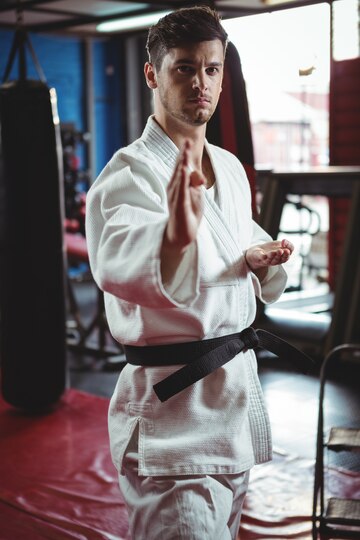
- Low-impact or Meditative Styles: with elements which aren’t actually used for fighting although they look so. These styles incorporate meditative and physical elements. That’s why we don’t officially call them martial arts sometimes. Examples: Tai Chi, Aikido, Qigong, Hatha Yoga.
- Weapon use Martial Arts Styles: weapons which are used come from national traditions usually. Examples of these styles are: Kali (also known as Eskrima or Arnis), Japanese Kenjutsu (swordsmanship), Chinese Wushu (which includes forms with various weapons)
- Hybrid Fighting Styles: blend elements of striking, grappling, and ground-fighting from various martial arts. For example: Mixed Martial Arts (MMA). Krav Maga, Jeet Kune Do.
Did you know?
Popularity of MMA: Mixed Martial Arts (MMA) has gained immense popularity worldwide, with major organizations like the Ultimate Fighting Championship (UFC) attracting millions of viewers. In 2021, UFC 264 garnered around 1.8 million pay-per-view buys. (Source: UFC)
- Even more martial arts styles that exist include, among others, some interesting mixtures of fighting and dance, like the brazilian capoeira.
20 most popular martial arts styles
Let’s have a look at the list of 20 most popular types of martial arts with their descriptions and pictures. Choose something perfect for you!
1. Brazilian Jiu-Jitsu (BJJ)
BJJ focuses on taking the opponent down to the ground, gaining a dominant position. It uses a number of techniques to force them into submission, for example joint locks or chokeholds.
Brazilian jiu-jitsu gyms typically follow a set of ground rules to instill trust, respect, and cleanliness amongst students.
There is also an older, japanese jiu-jitsu style, don’t mistake them!
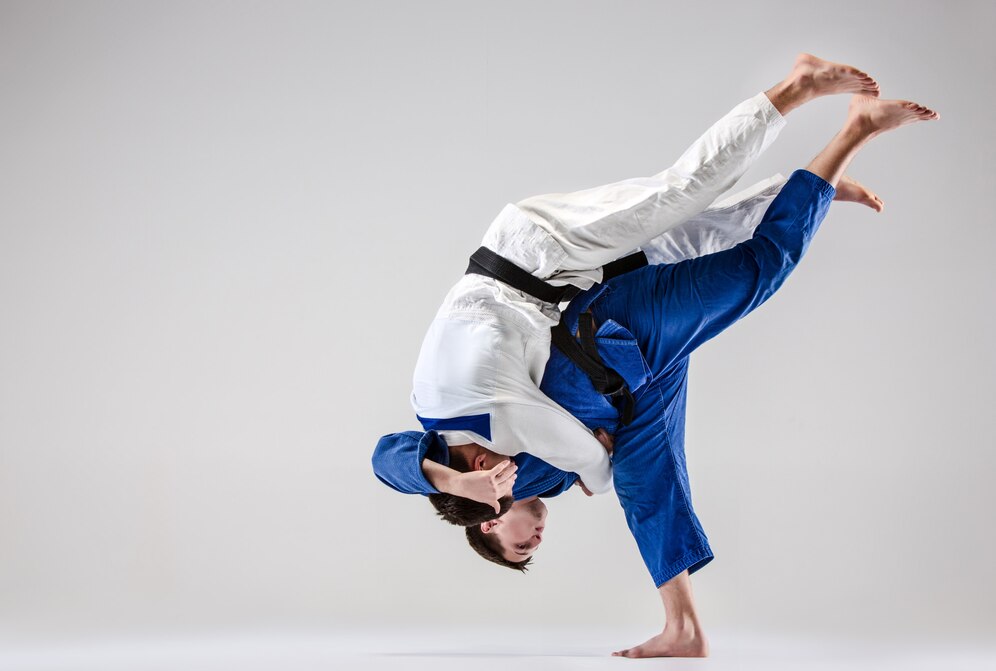
trained by 2,945,240 people in the world
appeared in Brazil in 1925
usually for: adults, men, experienced in other sports
TIP: Use a dedicated BJJ software at your school and make your work easier.
2. Judo
Currently known around the world as an Olympic sport. Created by combining jujutsu (which has sumo roots), a form of close combat, with elements of mental discipline. Judo means “gentle way”. Its goal is to immobilize the opponent using safe techniques.
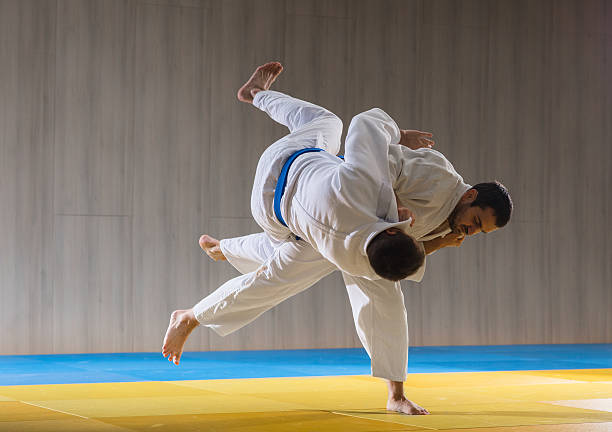
trained by over 40 million people in the world
appeared in Japan in 1882
for active and energetic children, for adults who want to work on their body and mind
3. Sambo
‘Sport sambo’ or Sambo wrestling is originally a self defense sport. Its name comes from Russian words concerning self defense with no weapons. Stylistically it’s similar to old-time judo, and in a lot of ways influenced by it. There are some differences in rules, protocol, and uniform.
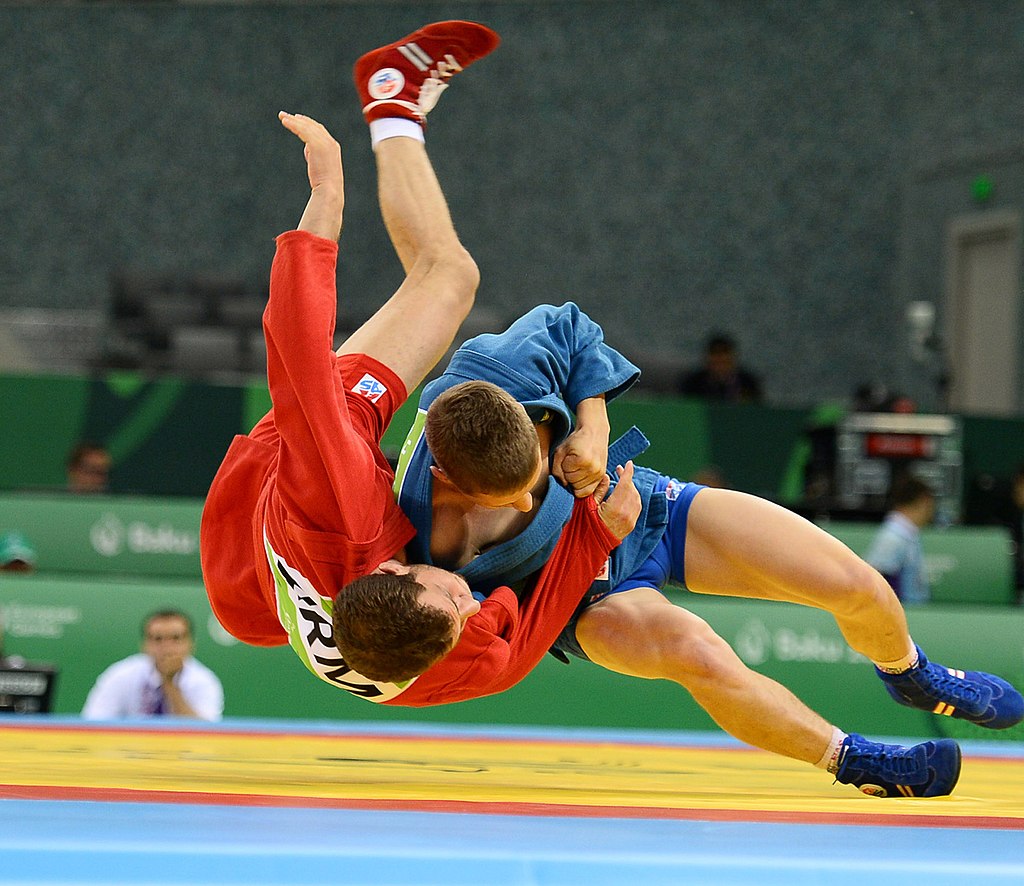
trained by 410.000 people in Russia, with no data about the practitioners worldwide
appeared in early 1920s in the Soviet Union
for future MMA players or other sports competitions that require dexterity, fitness and strength; for women’s self defense
4. Karate
Its name means “empty hand”, which underlines a fight with no weapon. Currently there are more than 100 styles of karate and 3 typical approaches: Karate as a fight to the death, as a self-defense lesson and as work on your mind.
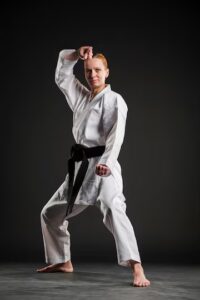
At present, around 100 million people on five continents and 192 countries practice karate, making it truly a global sport.
appeared in Japan (Okinawa Island), mentioned in a written form for the first time in 1905
for children, teenagers, adults, senior citizens, women and men
5. Taekwondo
A martial arts style and a national sport in Korea. Currently also an olympic discipline. Its name is a combination of Korean words meaning foot, wrist and consciousness.
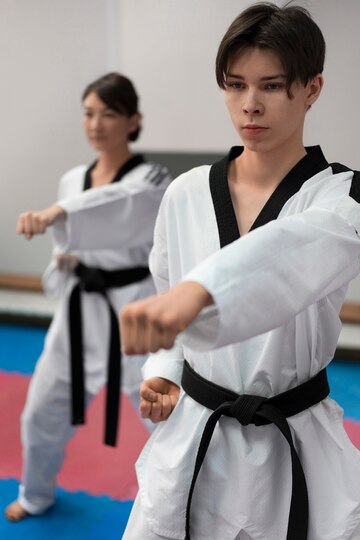
trained by tens of millions of people around the world
appeared in Korea, officially named and introduced in 1955
can be practiced by everyone, regardless of body shape and sports predispositions, recommended for teenagers
6. Muay Thai
Sometimes called Thai boxing, is a martial arts style and full-contact combat sport. It takes elements from Muay Boran, the traditional Thai martial arts. Muay Thai is a stand-up striking sport, with two competitors in the ring throwing punches, elbows, knees and kicks at each other. Clinching, sweeps and throws are also allowed.
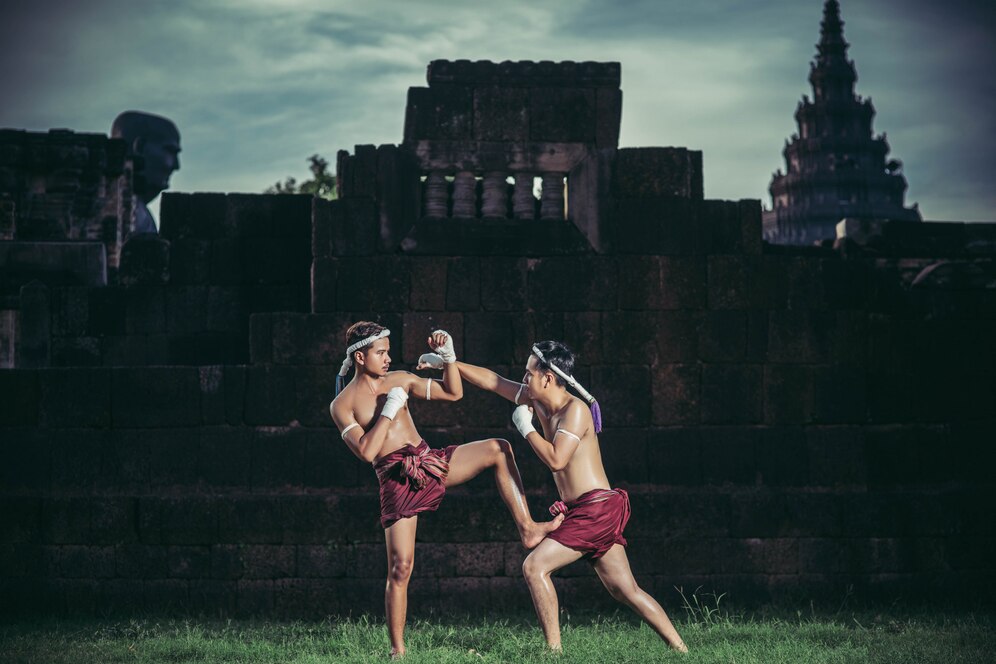
over 600, 000 people practicing thai boxing in Thailand and there are about 3.800 thai boxing gyms overseas
appeared in early 20th century in Thailand – the first descriptive use of the term “Muay Thai”: 1913
rather for men, but In the U.S., Muay Thai for women classes bring together like-minded women who want to push themselves mentally and physically in a supportive environment
7. Boxing
A combat sport and a martial art in which two people throw punches at each other for a predetermined amount of time. The place of combat is a limited boxing ring. The participants usually wear protective gloves and other protective equipment: hand wraps and mouthguards. Read more about the full boxing equipment list in our other article.

- In 2021, 6.7 million U.S. Americans above the age of six years old practiced that sport at least once
- there are approximately 18,000 professional boxers in the world
The origin of the sport is unknown, but some sources point to ancient Greece, Ethiopia and Egypt, about the sixth millennium BC.
for: adults/ teenagers/ false beginners (experienced in other sports) / men / women
8. Kickboxing
A sporting discipline in which you fight using both boxing punches and kicks. This sport develops physical skills in a holistic way: strength, speed, endurance, flexibility, and sense of rhythm.
There are various national styles of kickboxing nowadays, including Japanese, Korean, Dutch, Chinese and American one. Muay Thai is also considered a type of kickboxing.
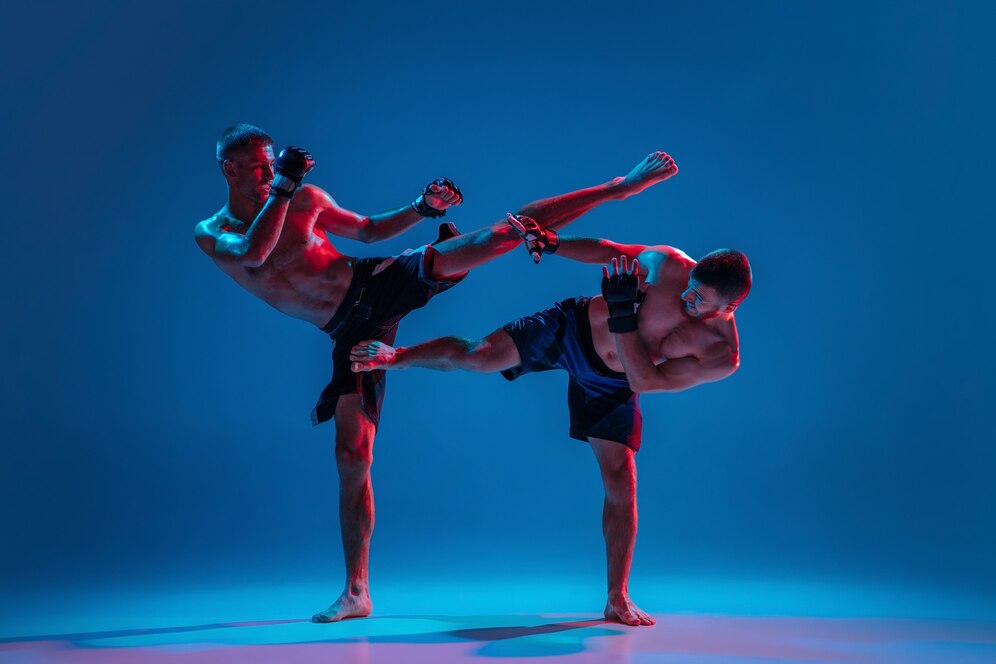
Due to the broad concept of kickboxing and its varieties, we do not have access to precise data on the number of people practicing this sport in the world.
originated in the 1950s to 1970s in Japan
for: teenagers / adults/ false beginners (experienced in other sports) / true beginners
9. Tai Chi
Tai Chi Chuan (Taijiquan) is an ancient Chinese art of relaxation, meditation and fighting. These practices are associated by some sources with Chinese philosophy. Not considered strictly a martial arts type sometimes Currently, there are three Tai Chi trends: sports, health and spirituality.
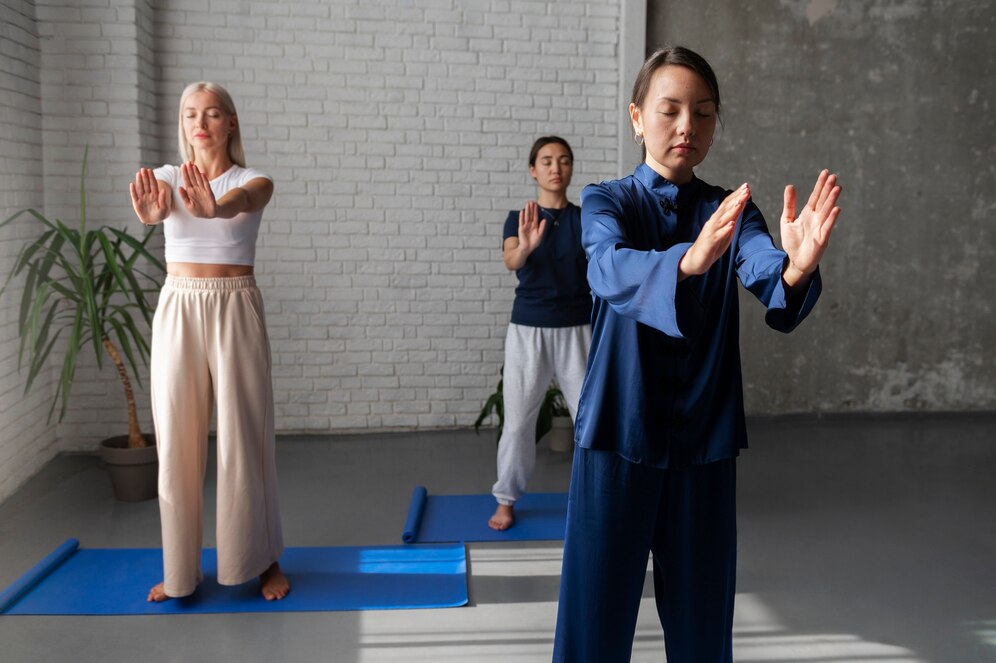
trained by millions of people in the world nowadays
originated in China, with the first known written reference in the Book of Changes over 3000 years ago
for: everybody, both sporty and spiritual people, with no age limit
10. Aikido
According to the founder’s philosophy, aikido focuses on overcoming oneself instead of cultivating violence or aggressiveness. Awareness of the present moment shows aikido as a form of meditation too. Not only a combat sport.
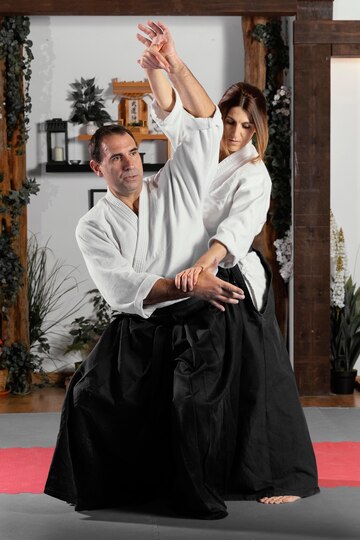
there are around one million practitioners of Aikido in 140 regions and countries around the world
Aikido was created in Japan by Morihei Ueshiba (1883–1969), but the term was coined in the 20th century
it’s proper for everybody, as it’s a non-aggressive art
11. Kung Fu
It’s a Chinese martial art. The style of fighting involves special punches and kicks. You can learn kung fu for self-defense or exercise. The first idea of Kung Fu is discipline or skill achieved through hard work and practice. Not necessarily mentioned as martial arts originally.
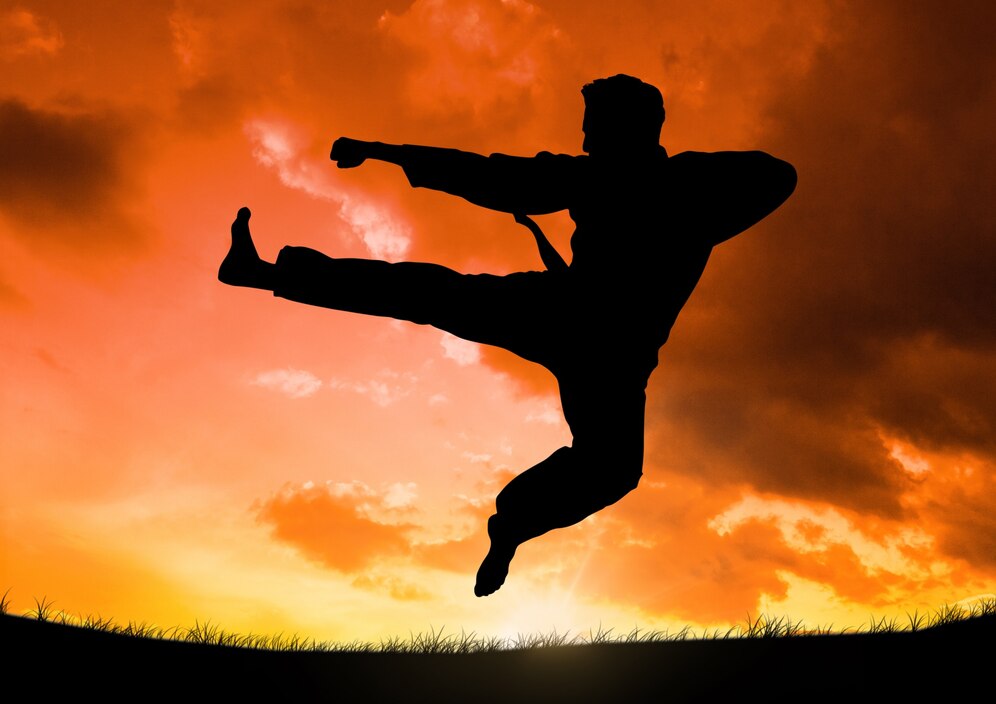
trained by tens of millions people in the world
appeared in around 2600 BC in ancient China
Practicing Kung Fu provides many benefits for people of all ages and backgrounds. This can be fun and development but first be sure you are healthy.
12. Hatha Yoga
It’s a group of physical, mental, and spiritual practices or disciplines. The practice of yoga might not be a martial art by definition. But through the centuries until today yoga and martial arts have inspired and complemented each other and are deeply intertwined.
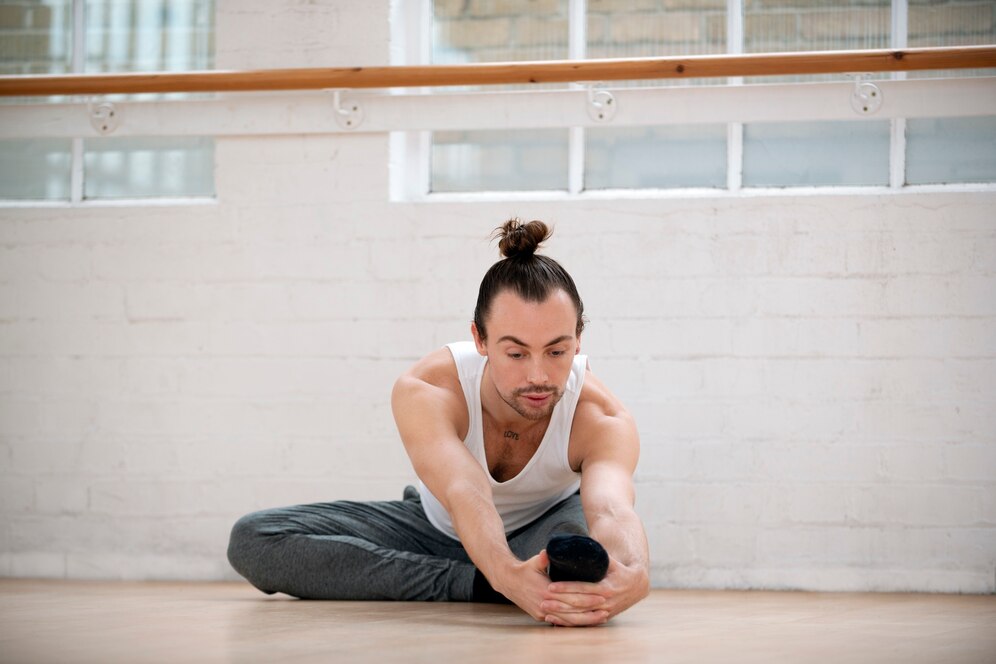
Worldwide, around 300 million people practice yoga on a regular basis in 2022.
appeared in ancient India around 2,700 BC
For everybody, due to many different styles and movement speeds
13. Sumo
It’s a form of competitive full-contact wrestling. An act aims to force the opponent out of a circular ring. Touching the ground with any body part other than the soles of one’s feet also means losing.
Sumo wrestlers live in communes according to strict rules. Their bodies are large and heavy. During fights, tradition requires only very skimpy special loincloths.
Sumo is only practiced professionally in Japan, where it is a national sport.
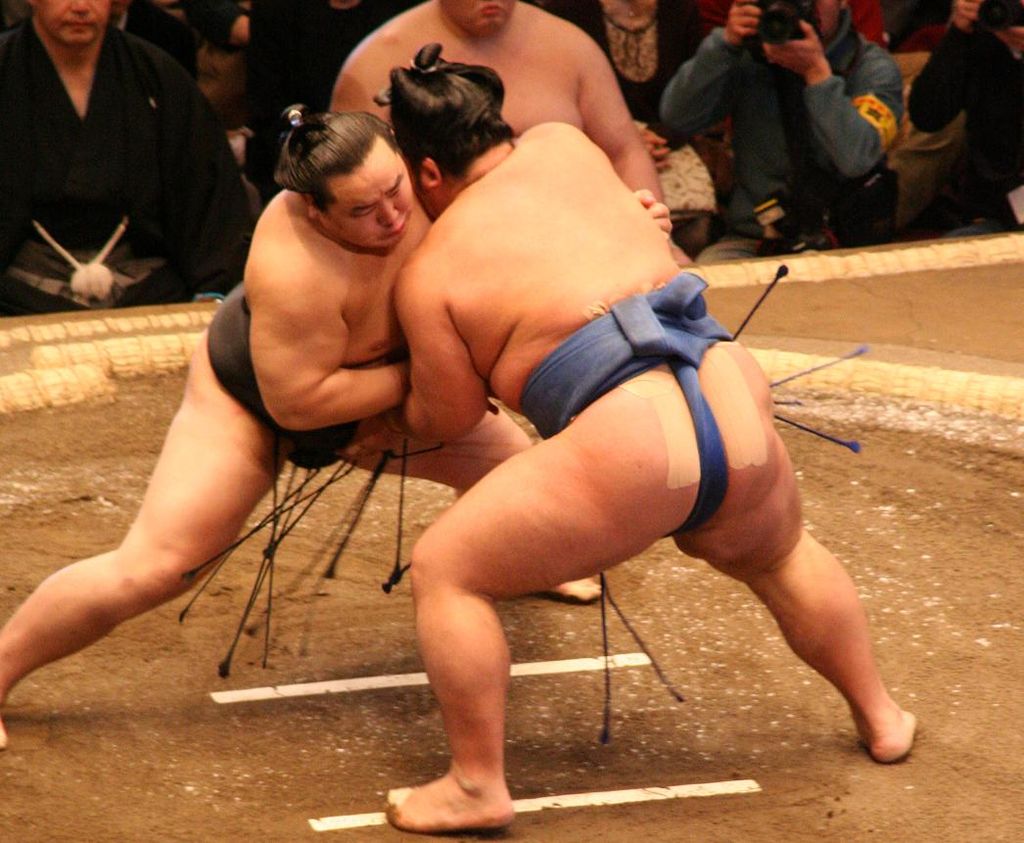
- As of March 2021, there are 65 2 professional sumo wrestlers in Japan.
- There are now over 80 member nations of the International Sumo Federation, established in 1992
appeared in Japan, mid-17th century
professionally – men only; for amateur groups – for women too
14. Japanese Kenjutsu
It is one of the four central martial arts of pre-modern Japan. There are a multitude of kenjutsu schools and traditions. That’s why this art of swordsmanship is so diverse internally.
This fighting method of samurai swordsmanship is really aggressive. It’s practical and designed to incapacitate or kill an enemy.
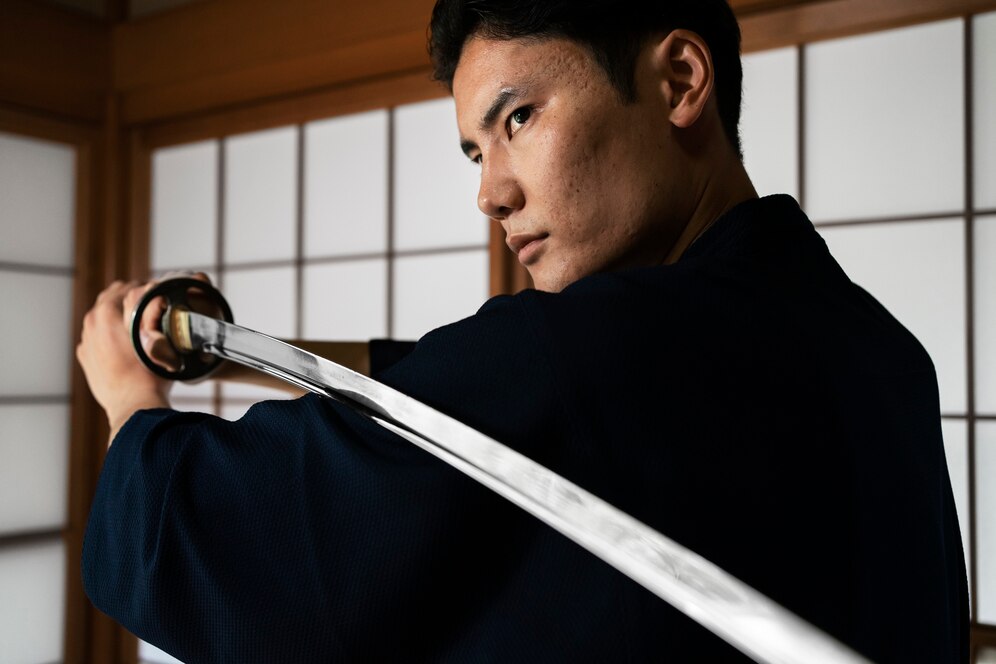
There is no precise data on people learning kenjutsu. This is due to the transition of some kenjutsu forms to kendo, and the differences between schools.
The history of kenjutsu dates back to the period of civil wars (1192 – 1333).
Anyone can learn kenjutsu but you definitely shouldn’t do it at home. Professional teachers are waiting for you!
15. Chinese Wushu
Wushu literally means “martial art”. It features various forms of Chinese martial arts including tai chi.
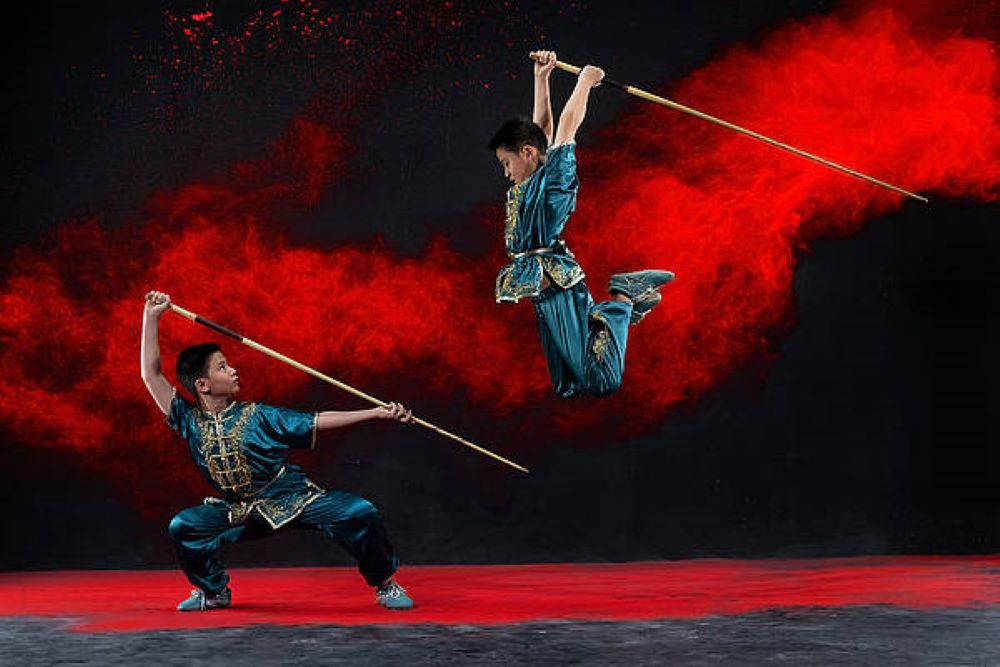
trained by 120 million practitioners around the world.
It was created in the People’s Republic of China after 1949, in an attempt to nationalize the practice of traditional Chinese martial arts.
The majority of schools accept students who are over 12 years old.
16. Kendo
At its core, kendo or the “way of the sword” teaches techniques and styles of swordsmanship to participants using bamboo swords and protective armor. It originates from kenjutsu, but in the 18th century the bamboo swords started to be used for training. This is how a new discipline arised.
Due to their links with the military, kendo and other Japanese martial arts were prohibited in America in 1946. Japan regained its independence in 1952 and these sports could be practiced openly once more.

trained by more than 6 million worldwide
ppeared in Japan in the 18th century
Surprisingly, kendo is easier for those who are nor experienced in other martial arts. That’s because of the habits and muscle memory which can slow down the progress in a new style.
17. Mixed Martial Arts (MMA)
A full-contact combat sport incorporating striking, grappling and ground fighting. The contact sparring techniques in MMA source from various combat sports worldwide.

in 2022, 2.52 million individuals in the United States were estimated to be engaging in mixed martial arts for fitness purposes.
the first documented use of the term was in 1993, but the first TV event took place in 1980 in USA
better if you have previous sport or martial arts experience, especially if you want to take part in sparrings
18. Krav Maga
It’s a self-defense system developed for the Israeli military, incorporating techniques from boxing, wrestling, judo, and karate, among others. It’s a mix of self-defense techniques and using the available objects for this purpose.
The majority of martial arts emphasizes power. Krav maga is the one which teaches how to use the opponent’s force in a controlled manner.

over 500,000 people in the United States have tried Krav Maga
developed in Czechoslovakia in the 1930s in order to help protect the local Jewish community from the Nazi militia
The most useful for teenagers and women as an effective self defense technique. But there are also courses for children and senior citizens.
19. Jeet Kune Do
A martial arts philosophy and fighting style founded by Bruce Lee, which emphasizes minimal movement with maximum effect and incorporates elements from various martial arts.
This art is still taught in several places around the world. The teachers are Bruce Lee’s students. However, it seems that the idea of JKD is unfinished and that it actually died with the creator’s death.
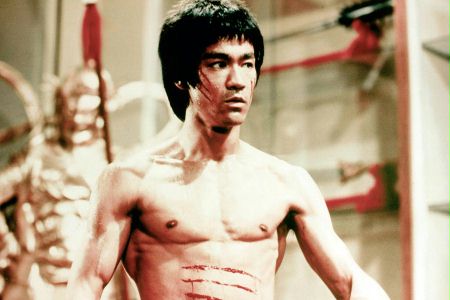
How many people train nowadays? There are too few schools and courses for meaningful data to be available.
appeared in 1967
For whom is the style? There are too few schools and courses to obtain useful information.
20. Brazilian capoeira
Actually it’s not a fighting sport, but live music, dance and choreography, coming from Brazil. Why is it sometimes classified as a martial art? Probably because the tradition of performance emphasizes not only the flowing movements but also meaningful hand strikes and other striking techniques.

Capoeira has more than six million practitioners in Brazil and it is present in 152 countries worldwide
Capoeira has been practiced for centuries. The date of its creation is unknown, but it was first mentioned in 1789.
You can start at any age and with any level of physical condition. Be prepared, however, that this is an art form. Advancing to the next “cordes” (belts) takes years.
Martial Arts Learning Risks?
Learning martial arts carries some risks. Like any physical activity. Here are a few potential problems to consider:
- Injuries: physical contact and movement can lead to sprains, strains, bruises, or fractures.
- How to minimize the risk? Remember about a proper warm-up, technique training, and professional supervision.
- Overtraining: too intense or too frequent training, without adequate rest and recovery can lead to fatigue and decreased performance.
- How to minimize the risk? Listen to your body, vary your training routine, and have rest days.
- Contact-related injuries: Some martial arts styles involve full-contact sparring or competitions. They can increase the risk of head injuries and facial trauma.
- How to minimize the risk? Wear appropriate protective gear and practice proper techniques.
- Muscle imbalances: repetitive movements and focusing on specific muscle groups can lead to muscle imbalances and joint problems.
- How to minimize the risk? Cross-training exercises and stretching will help maintain balance and flexibility.
- Emotional and psychological challenges: Learning martial arts can be physically and mentally demanding. Sometimes you can experience stress and frustration when facing new challenges.
- How to minimize the risk? A supportive training environment, setting realistic goals, and practicing self-care will give you emotional well-being.
- Violence: If self-control during the training is not an important part, martial arts emotions may increase the risk of engaging in violent behavior.
- How to minimize the risk? Check if your instructor emphasizes the importance of using martial arts skills responsibly and ethically.
Benefits to Learning Martial Arts?
- Improved physical fitness and strength.
- Increased self-confidence and self-discipline.
- Enhanced mental focus and concentration.
- Stress relief and improved emotional well-being.
- Development of self-defense skills.
- Promotion of respect and discipline.
- Opportunities for social interaction and community building.
- Nice idea of a hobby or free-time activity.
Did you know?
Practicing martial arts offers numerous health benefits, including improved cardiovascular health, increased flexibility, muscle strength, and overall physical fitness. It also enhances mental well-being by reducing stress and anxiety. (Source: Harvard Health Publishing)
How to Choose a Martial Art to Learn?
- Consider your personal goals, interests, and physical abilities.
- Read about different styles with their philosophies and techniques.
- Choose the ones that align with your preferences.
- Attend introductory classes or watch one meeting to get a feel for the atmosphere and teaching style.
- Check the school – whether it is well managed and makes it easier for students to book thanks to the gym booking system, catch up on classes thanks to gym membership software and make payments thanks to gym billing software.
- What do you expect from your new classes? Are they for self-defense, fitness, competition, or personal development?
- Decide to continue with a style which can give you an enjoyable learning experience.
Recommended Age to Learn Martial Arts
There are different styles, with different levels of aggression. The so-called gentle techniques will be especially recommended for children. But a person of any age will find something for themselves. If they only want to start their adventure.
Did you know?
Martial arts are popular among children and adolescents, with many parents enrolling their kids in martial arts classes for character development and physical fitness. In the United States alone, over 6.5 million youth participated in martial arts in 2020. (Source: Statista)

What can help me for self defense?
Some of the previously mentioned styles were created for self-defense. Others contain elements that can be used in difficult real-life situations.
But don’t limit yourself only to self-defense fighting styles. Attend martial arts classes, whichever kind you like. Memorize those tricks that may come in handy.

Types of martial arts for self defense.
- Krav Maga uses self defense techniques which redirect the opponent’s force against him.
- In real life combat situations a mix of techniques and tricks is the most useful. Kickboxing or MMA moves can be practical there.
- Even this “gentle” aikido can be effective in a self-defense scenario when utilizing the fundamentals properly.
- Taekwondo basic striking techniques can be helpful in a real life situation.
Did you know?
Self-Defense: One of the primary reasons people study martial arts is for self-defense purposes. A study published in the Journal of Sports Science & Medicine found that martial arts training significantly improves self-defense skills and self-confidence in participants. (Source: Journal of Sports Science & Medicine)
Are You a Martial Art Studio Owner?
Do you teach japanese martial arts, krav maga, korean martial arts, brazilian jiu jitsu or other styles? You surely know a lot about self-discipline. Your studio is managed systematically and with no mistakes.
But what if we tell you it can be faster and easier? Maybe you even don’t know that all you need is a better martial arts software?
Support your customers’ personal growth and your benefits at once!
Did you know?
The global martial arts industry was valued at approximately $48 billion in 2020 and is projected to reach over $80 billion by 2026, growing at a CAGR of around 9% during the forecast period. (Source: Research and Markets)
WodGuru
Favorable price: 1 $ per member, max 149 $
Useful features:
- Email and SMS automation
- Automated sign-ups and sign-outs Reports
- WWW integration
- Gym payment systems for online payments
- Gym staff management software
- Responsive support
- Sales automation
- Gym CRM module
- Recommendation system
- Workout programming
- Online workout schedule
- To-do lists
- Membership app
- Sales, storage, invoices
- Discount codes
Martial Arts Club Owners’ Opinions
Would you like to look through some of WodGuru users’ opinions? Here they come!
Click here for more WodGuru clients’ testimonials
Affordable price and quick service!

Michał, Instytut Sportów Walki i Samoobrony VATAHA
I have been running my club for 20 years. During this time, I used several apps to run and manage the club. We have been working on WodGuru since September this year. It was a hit! Very easy to use, both for us: the managers, and our clients. Automated processes relieve us at work. Service – responds quickly. Price – affordable. What more could you possibly need? We recommend it with full responsibility.
A great software for Krav Maga club management

Michał, Akademia Akcji i Reakcji
A great software for Krav Maga club management. Very helpful when it comes to any questions we have and with all the issues. Which is simply why I highly recommend it to everyone who runs a small and medium-sized club
It helped us to monitor attendance more easily and reduce the cost of printing cards

Krzysztof, Unity Jiu Jitsu Kraków
So far, having the Brazilian Jiu Jitsu academy, we used an online shop to sell memberships, but it was difficult to scale and to manage our work. Migrating to WodGuru and implementing QR codes, helped us with quitting using member paper cards (and stamping them as part of “entrance register”). This helped us to monitor attendance more easily and reduce the cost of printing cards. The migration was relatively simple, because so far we also used Stripe payments, which are supported by WodGuru, so we didn’t have to turn anything upside down. At each stage of the migration, WodGuru support was very helpful, flexible and responsive. Thanks to the fact that in WodGuru each of our students has their own profile and can add their photo there, it is easier for us to remember people by name, which has been a real challenge for us so far, when the total number of trainees exceeded 100. The last thing may be a small thing, but important in martial arts academies – in WodGuru, we can leave notes about our students and the grades they have. Thanks to this, we don’t have to use Excel, and on nominations, we won’t give anyone a fifth beam on the white belt by accident 😉
Online payments are perfectly solved!

Mateusz, Krav Maga Unity
We have been using the program for 3 months and it meets our expectations 100% so far. A perfectly solved system of payment for memberships, intuitive management of schedules, and a simple client app. In addition, a very reliable service – I have never experienced problems being solved within 1-5 minutes. And here we have it, which makes the work of our club much more efficient I really recommend it to everyone!
Key Takeaways:
- The majority are traditional martial arts, but there are also new ideas and mixes.
- There are many types of martial arts. You can choose something perfect for your personality and sport experience.
- Self defense disciplines of martial arts are very useful for women nowadays.
- For the owners of martial arts studios it is a valuable opportunity to implement a studio management software. This system helps save users’ time and money. The most recommended software is WodGuru.
Types of martial arts – FAQ:
Is martial arts good for ADHD?
Studies show that martial arts can develop coordination, boost confidence, and improve focus. This can of training is an effective idea to channel the child’s overwhelming energy.
Why do men do martial arts?
Martial arts have always been a symbol of strength and masculinity. Nowadays, it is also an opportunity for men to feel more confident. After training in fight sports, a man knows that he will be able to defend himself and his family if necessary.
How many martial arts does Batman know?
Batman looks like a highly skilled martial artist. Some of the observed fighting sports in Batman movies and comics are:
1. Karate|
2. Judo
3. Boxing
4. Muay Thai
5. Krav Maga
6. Taekwondo
7. Wing Chun
8. Eskrima
9. Ninjutsu
10. Jiu-Jitsu
Can girls do martial arts?
While historically male-dominated, martial arts are increasingly attracting female practitioners. According to a survey by the Sporting Goods Manufacturers Association (SGMA), the number of female martial arts participants grew by 23% from 2010 to 2020. (Source: SGMA)

Related Articles
How Much Does It Cost to Open a Martial Arts School
Martial Arts Business Plan

